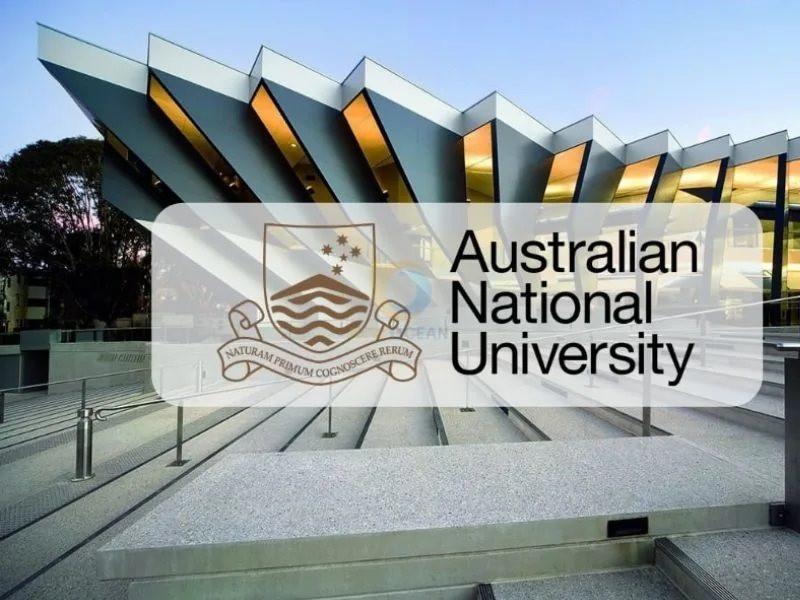Once considered a top study destination, Australia's position is now being challenged by high living costs, tuition fees and visa policy uncertainty, leading to a decline in the Oceania nation's position in the world's most popular university rankings.

A new study by the International Student Development Organisation (IDP) has found that Australia is no longer the preferred study destination for international students. The study was based on a survey of more than 11,500 current international students and those considering studying abroad from 117 countries.
IDP Managing Director for Australia and Japan, Jane Li, said the US has now overtaken Australia as the top choice for international students. Just six months ago, in IDP’s last survey, Australia was still the top choice, along with Canada, for more than 10,000 students. However, in the latest survey, the US has overtaken Australia, with 24% of respondents favouring the US and 23% choosing to study in Australia.
According to Ms. Jane Li, there are many reasons for Australia's decline in ranking. The main factors affecting students' choices include the pressure of living costs, especially sky-high rents, the Australian Federal Government's tightening of visa policies, increasing tuition fees, education quality, job prospects and the value of the local currency...
Changes in visa policy, particularly the Albanese government’s tightening of student visas to regulate the job market, have affected the decisions of international students. Ms Li said the Australian Government continues to have high visa refusal rates for extremely talented, genuine students who have planned to study in Australia for many years. News of the high visa refusal rates is spreading and these excellent students are starting to consider other destinations.
In addition, Australia's visa application fees are the second highest in the world, after the UK. The Australian government is considering increasing this amount next May and this fee will not be refunded.
International students are a valuable resource for Australia, contributing significantly to diversity and filling critical skills gaps in the country’s workforce, but as they pursue their life-changing goals, they face significant challenges in terms of employment, living costs and integration into their new environment, said Ms. Jane Li.